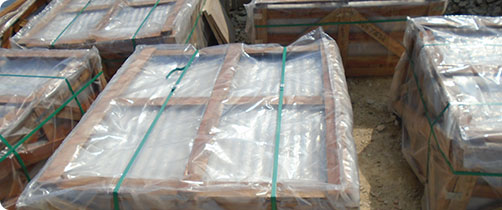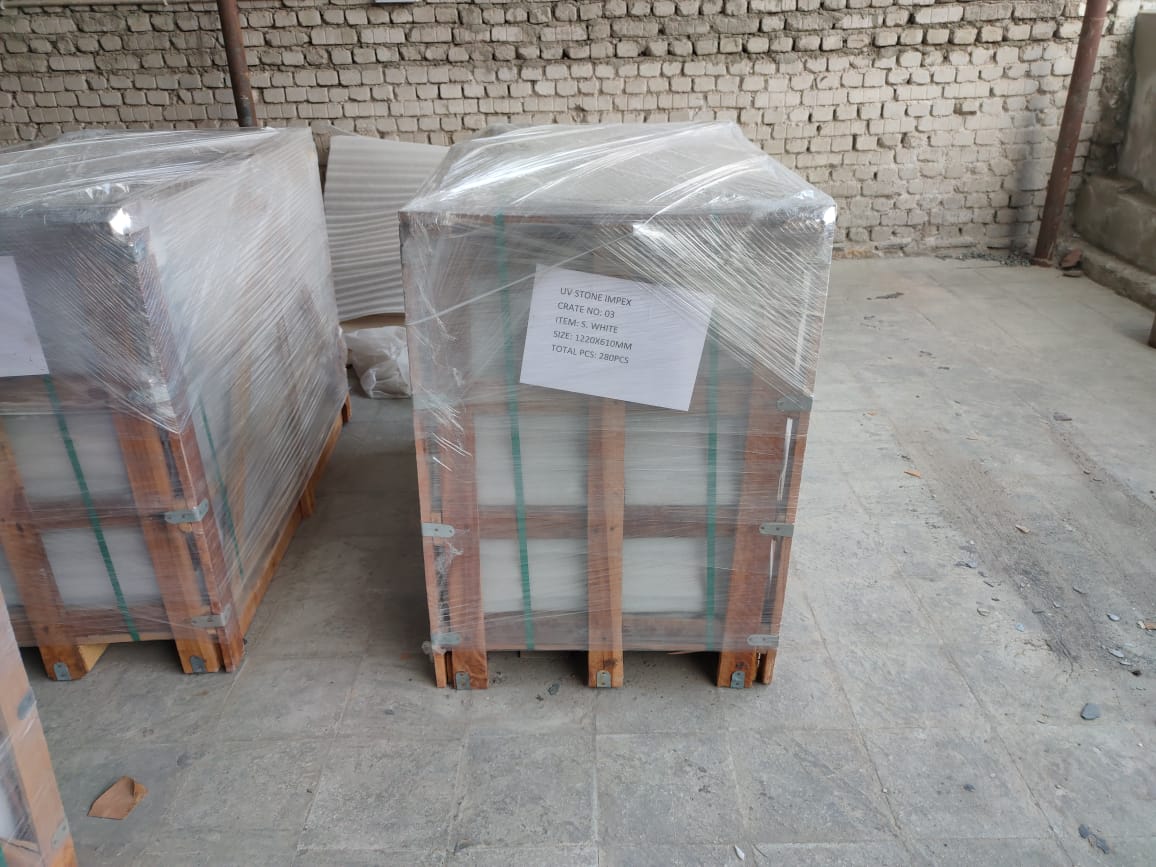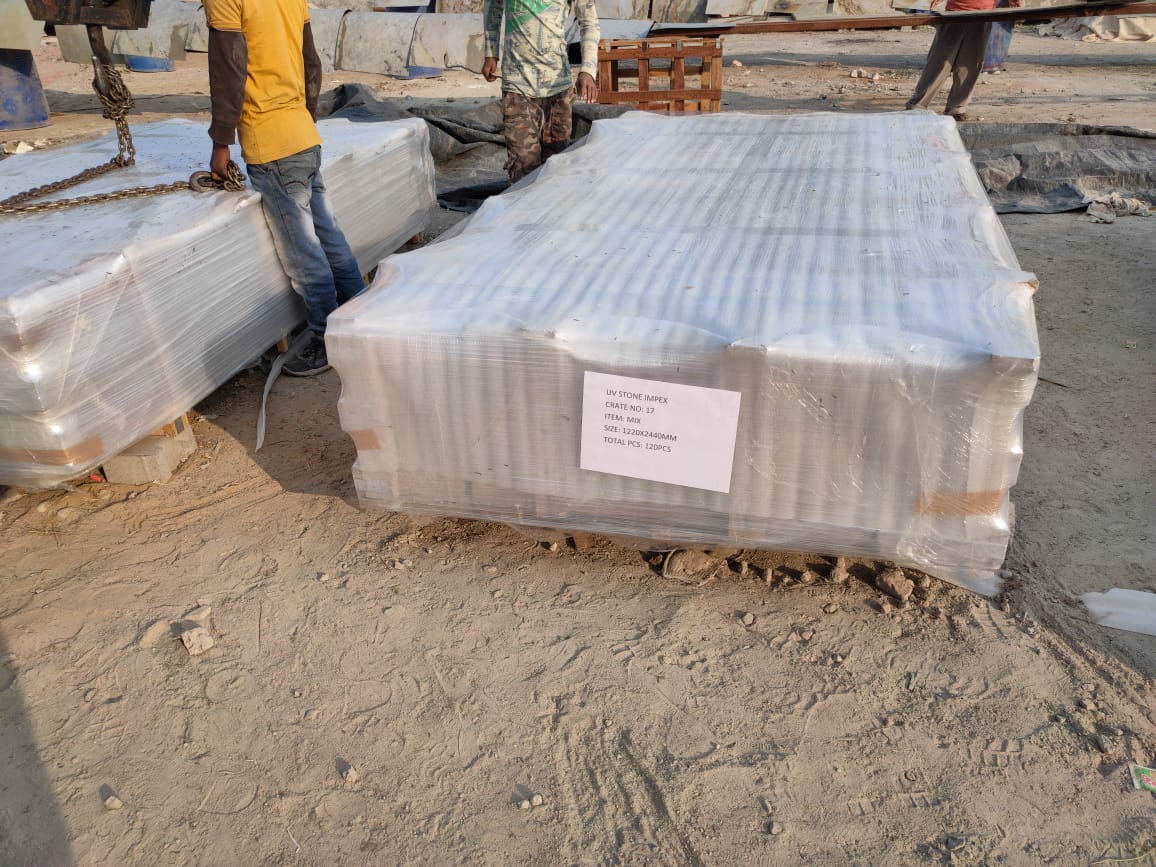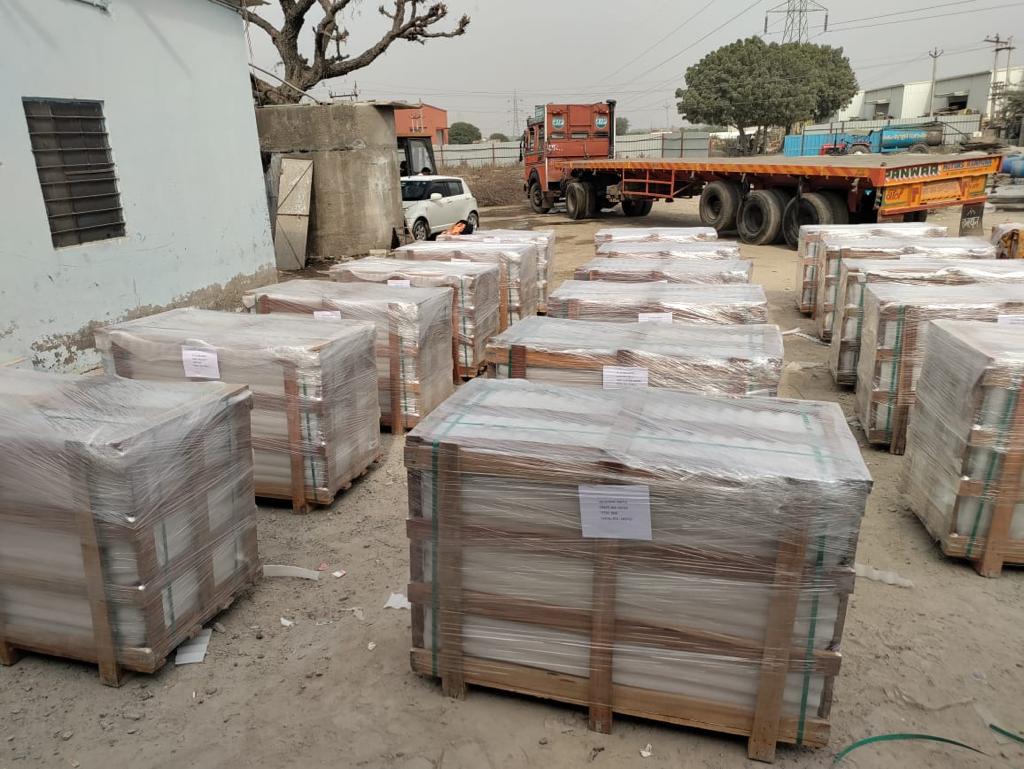

When it comes to packing dimension flexible stone sheets, which include veneers of slate, sandstone, and marble, "STONEVENEERS" is aware of what customers anticipate. For this reason, we place a high value on packing with extreme caution. Despite their generally soft nature, flexible stone veneers can sustain damage during the various stages of loading, unloading, and long-distance or maritime transportation. From the moment of loading at the factories to the point of unloading at the client's location, these products travel thousands of miles over rough sea routes and endure harsh treatment. For this reason, it becomes necessary to concentrate on veneer packing for safety, which guarantees their undamaged delivery at a desired location worldwide. We utilize the following packaging supplies to ensure additional safety.
It is our constant endeavor to deliver quality products to our clients which encourages us to focus on quality at every step of project completion including packaging. From the initial crate preparation to packaging the product, our comprehensive and meticulous approach to flexible stone veneer packaging ensures the final delivery of the consignment in an untouched condition.
These highly reinforced seaworthy wooden crates are manufactured using solid eucalyptus wood which ensures sturdiness, flexibility, and safety for the packed natural stones inside.
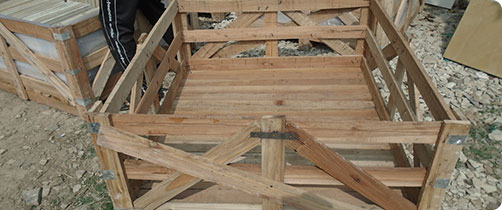
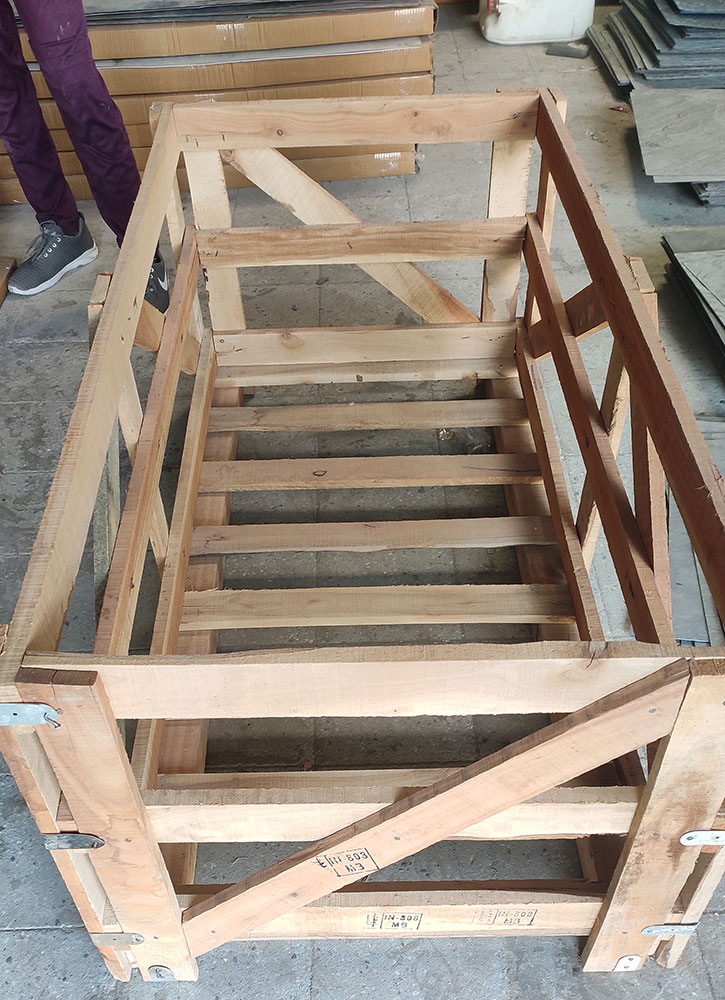
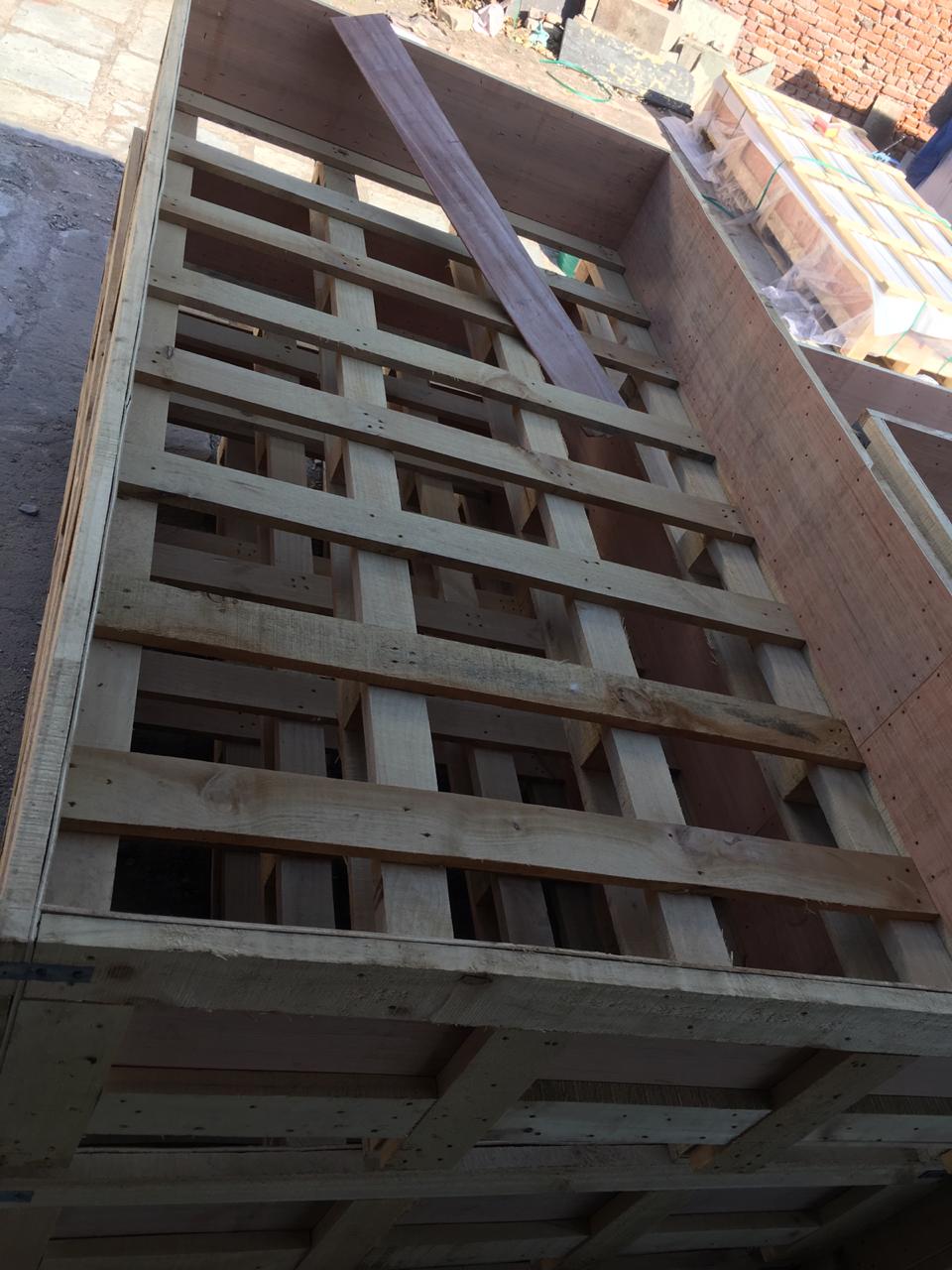
The next step is to secure the inner part of the crate by using a polythene and foam sheet on all sides which helps in preventing the damage of stone edges.
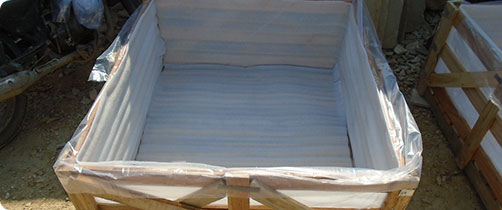
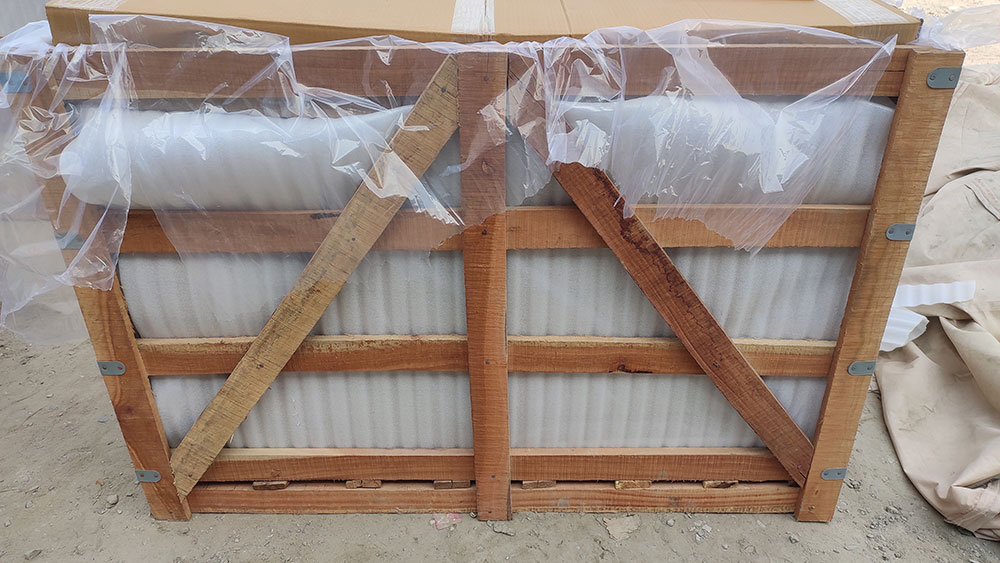
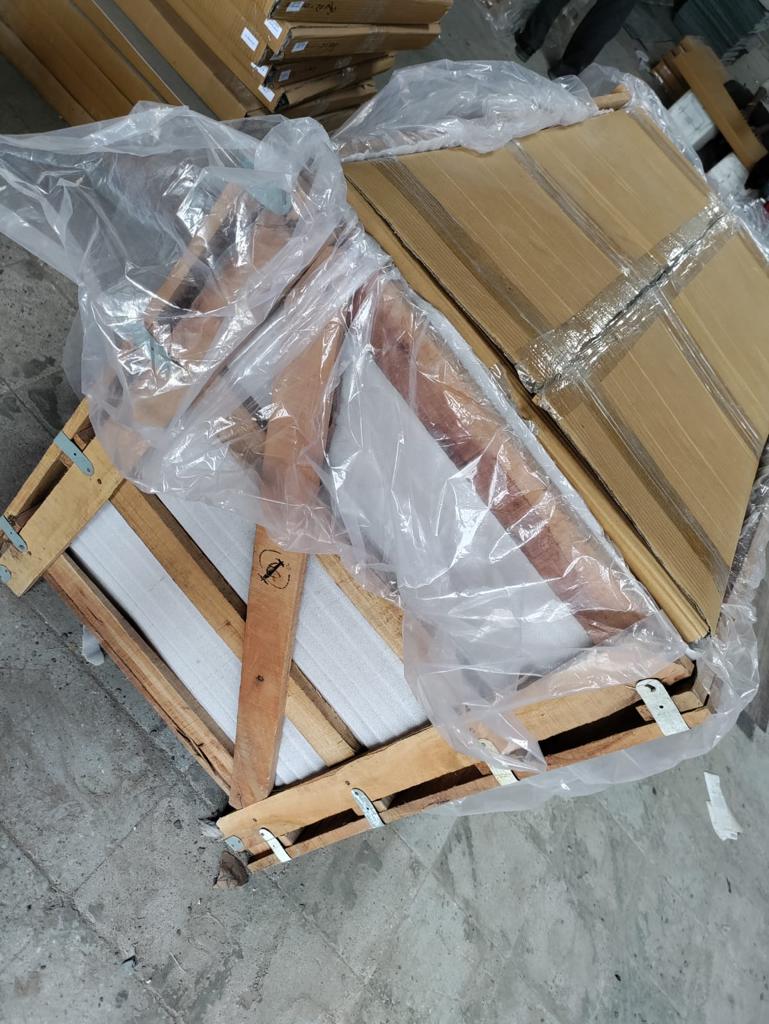
Now, these flexible stone veneer are systematically put in the crate to ensure the maximum utilization of the available space.




To prevent damage, all of the corrugated boxes are firmly packed inside the small size crate after a filling pattern is established. These sheets are placed directly into the large size crates, but the edges are secured with foam. Foam sheets are utilized in gaps as well to prevent damage to the veneer surfaces.
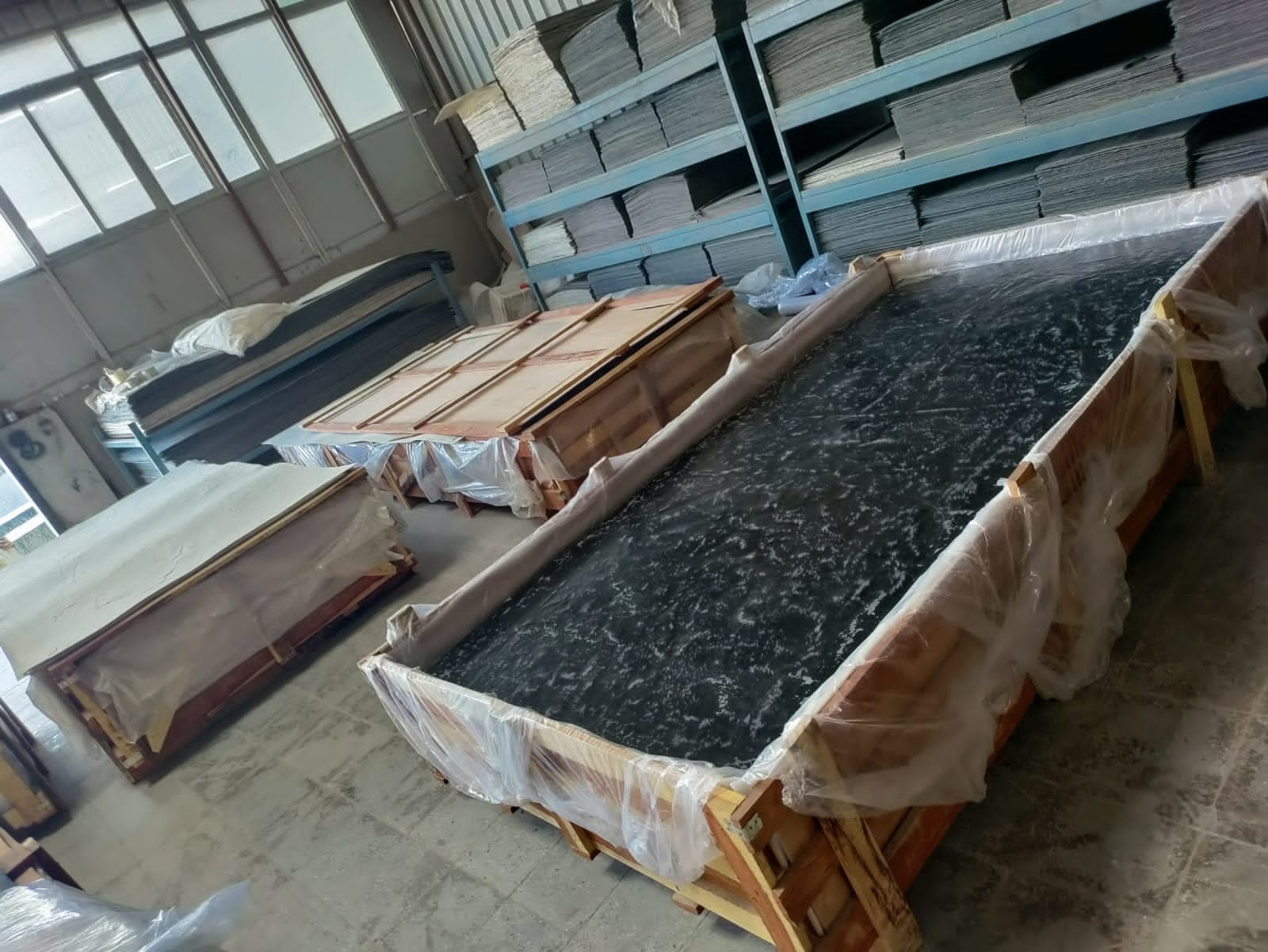
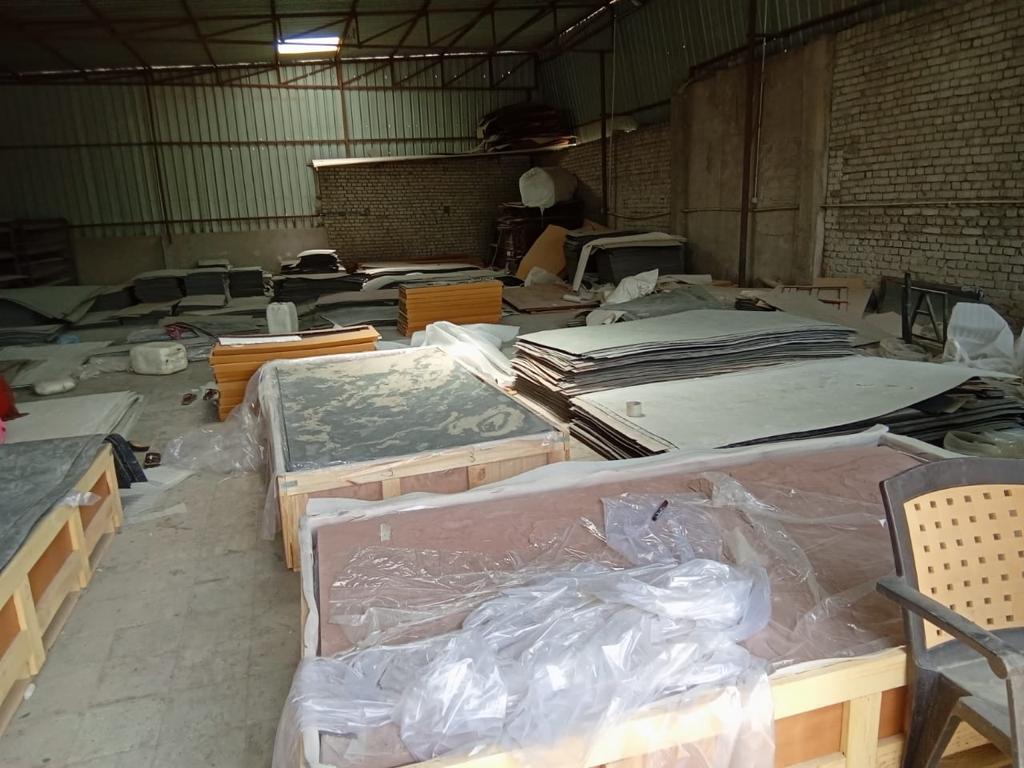
After the crate is filled, the next thing is to secure the packed products by putting a foam sheet and polythene sheet on top of the crate. This helps in avoiding any kind of accidental damage during transit. Also, the crates are chemically treated and fumigated before dispatch.
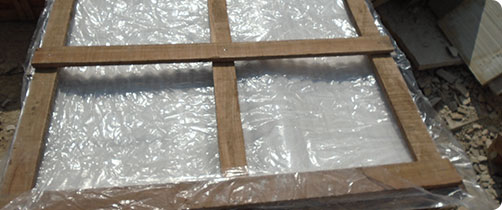
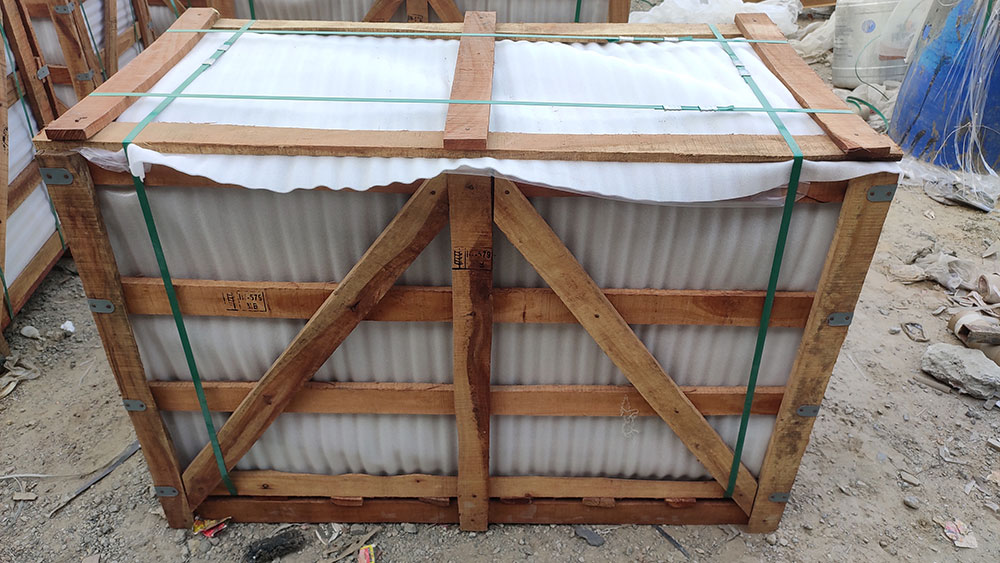
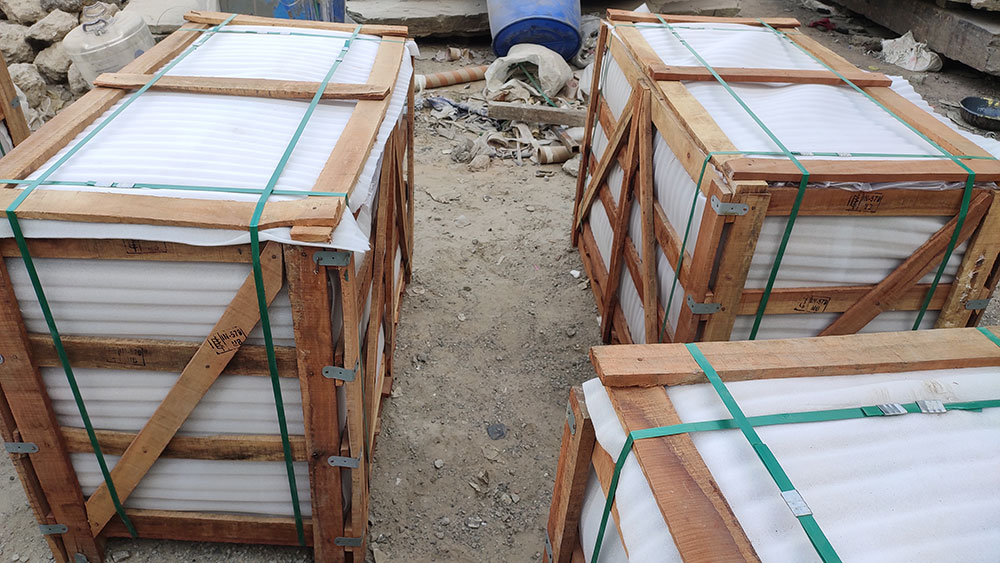
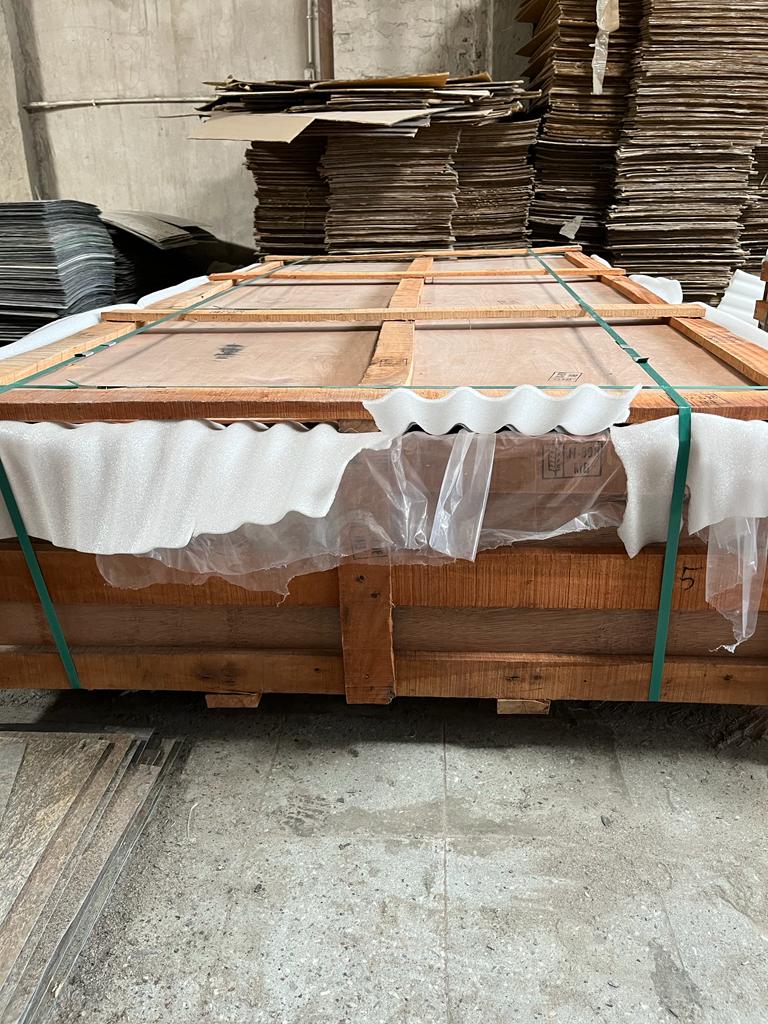
Eventually, the crate is sealed by fixing the upper part using nails. Another layer of polythene sheet is used from the outside to prevent exposure to the sun, water, and cold. Packaging straps are used to secure the crate from all sides.
